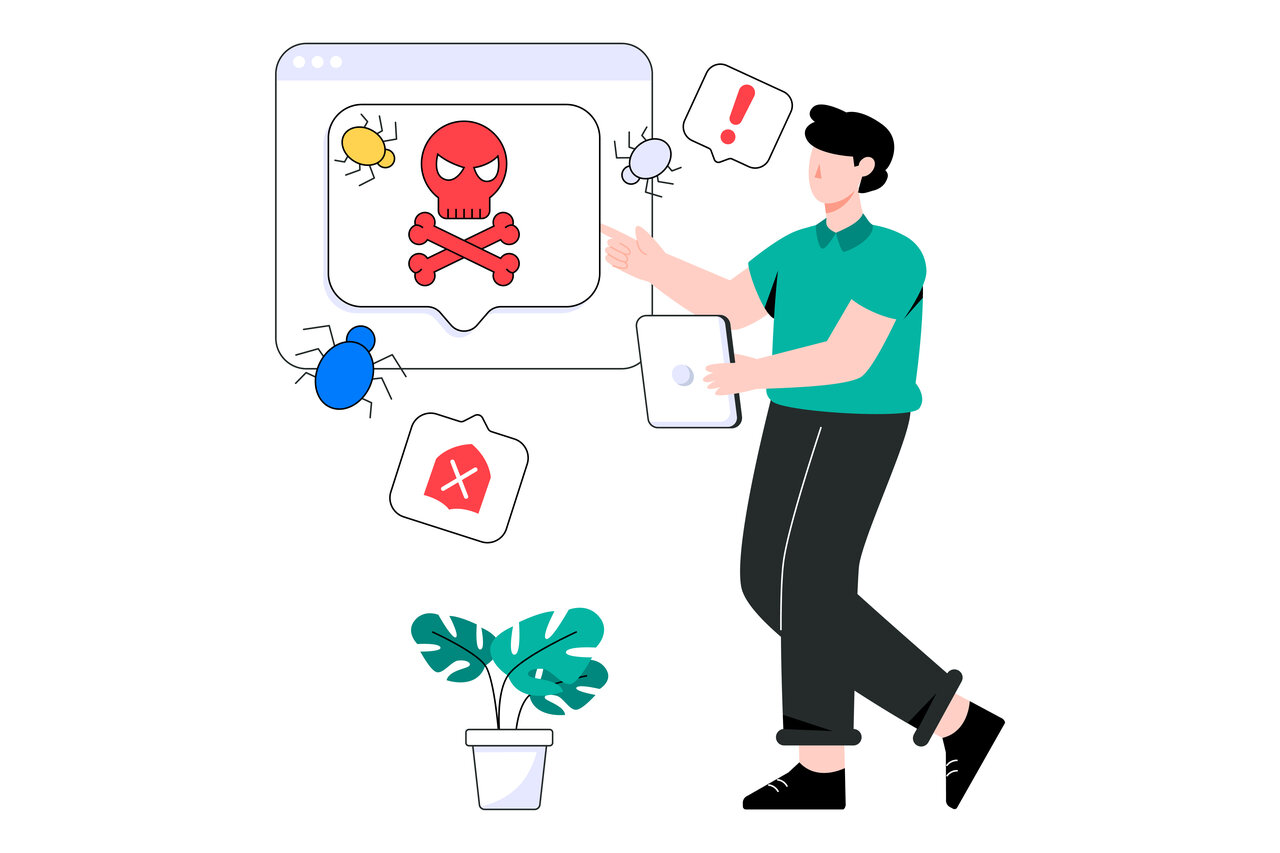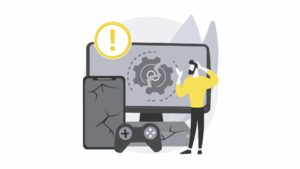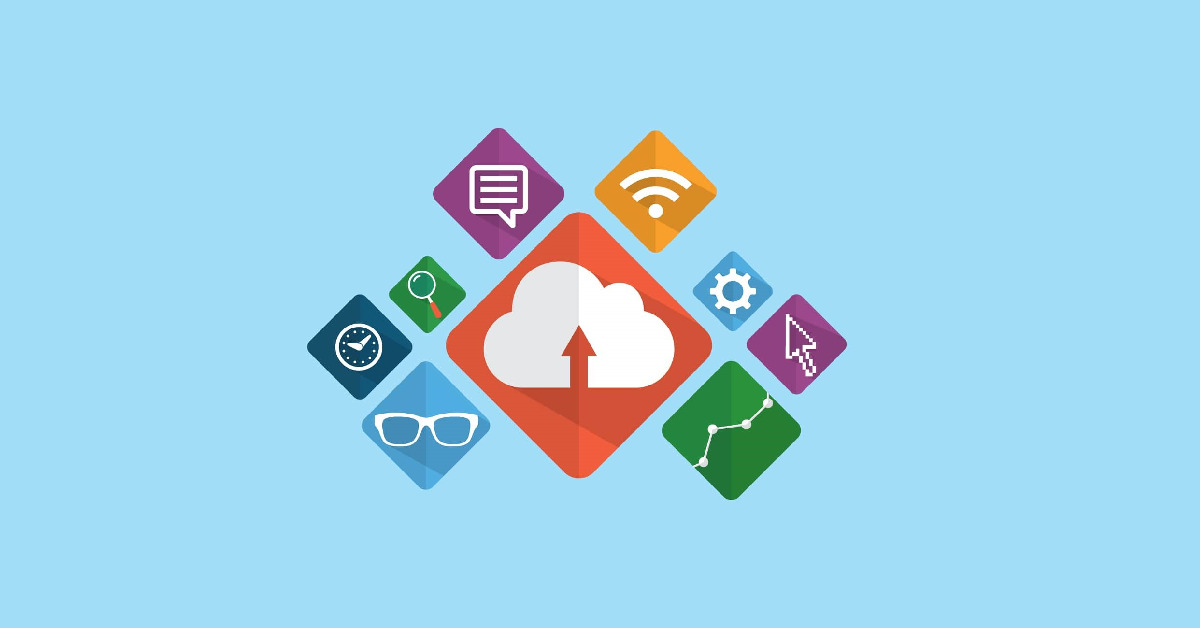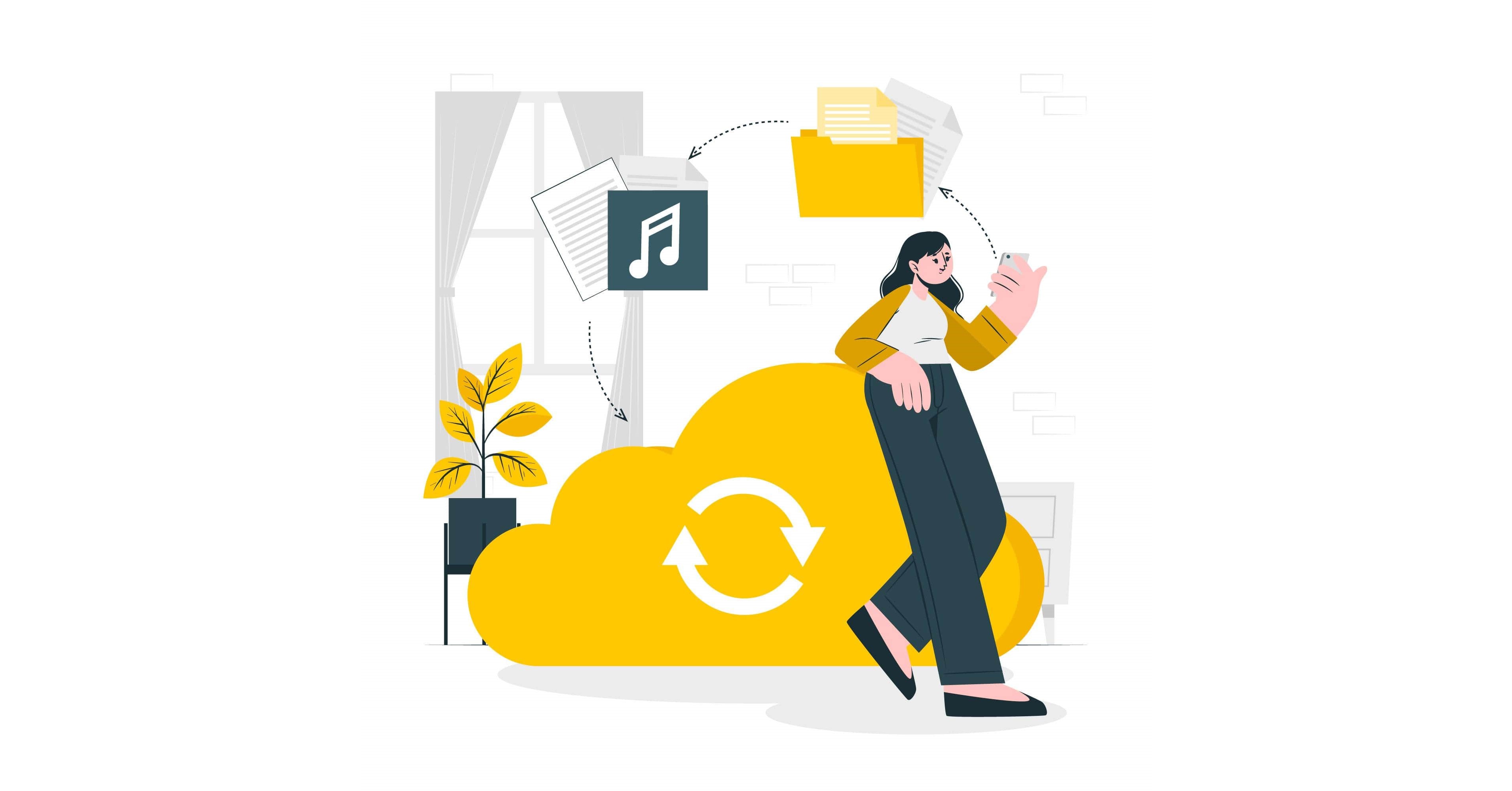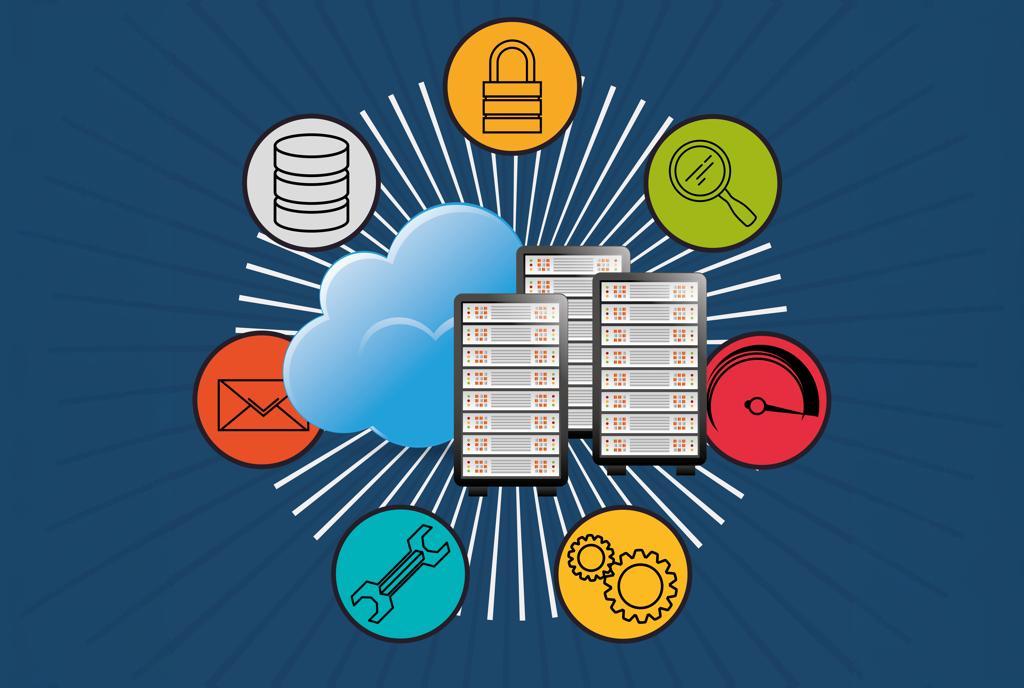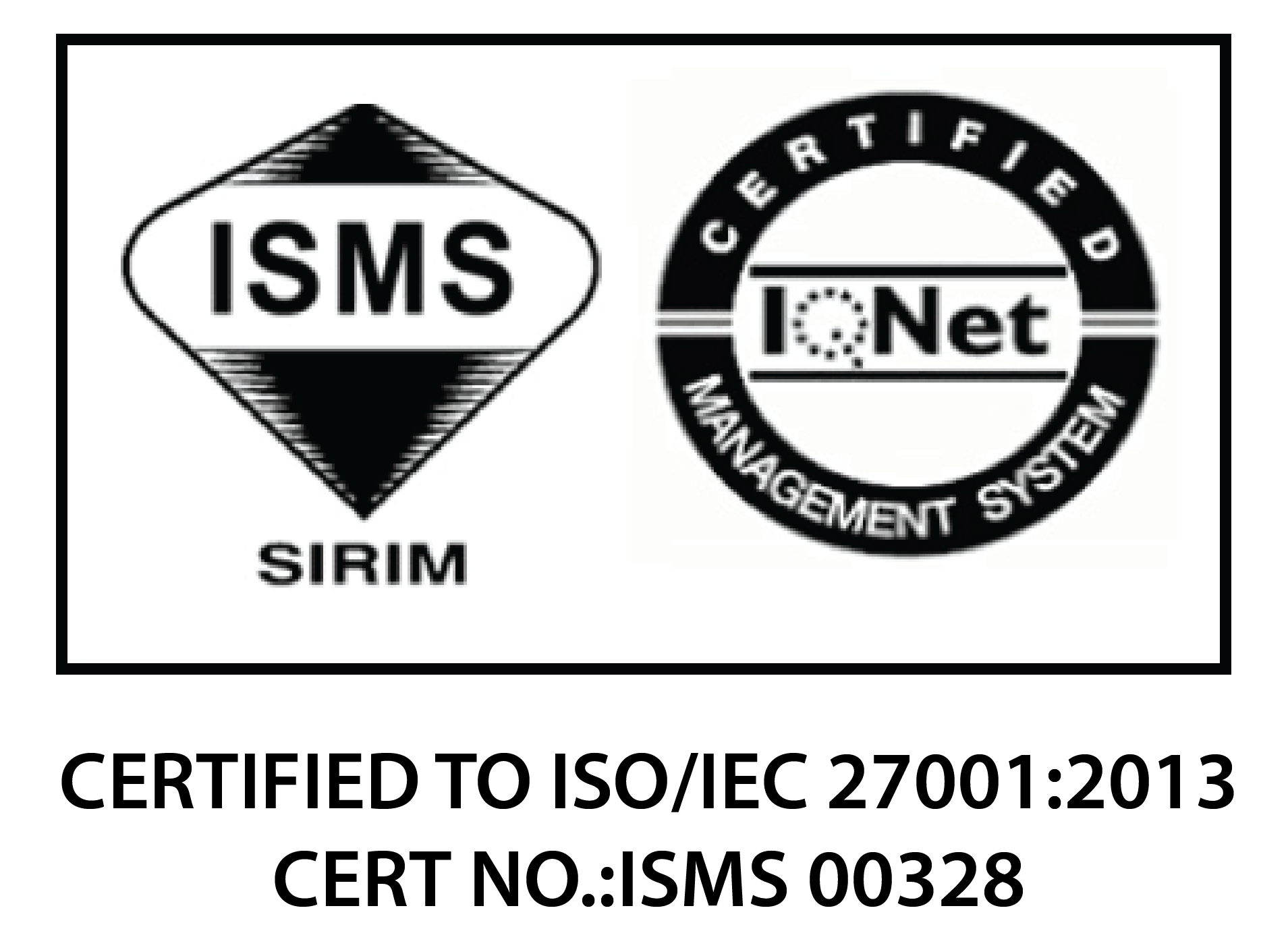Ransomware attacks are a growing threat to a business’s server security. They bring significant harm by deleting or corrupting important data, which results in data loss and significant downtime.
However, even with robust security measures in place, it is still possible for businesses to fall victim to ransomware attacks.
Therefore, it is crucial to have a data protection strategy that safeguards your data before and after a ransomware attack.
Continue reading to discover how to recover your server after a ransomware attack and what to consider when choosing a ransomware recovery plan.
5 Ways to Recover From Ransomware Attacks
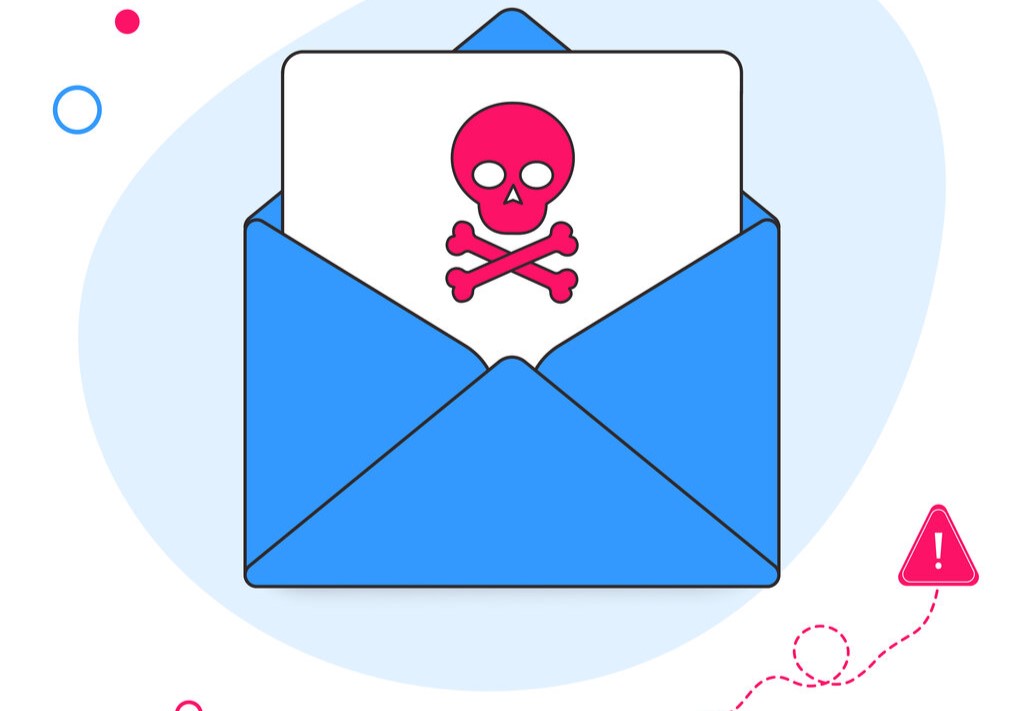
1. Isolate Infected Devices
A ransomware attack can spread rapidly to other devices on the same network, resulting in a large-scale data breach.
Therefore, isolating infected devices after a ransomware attack is crucial to prevent further infection, stop ongoing attacks, preserve evidence, and perform recovery safely.
2. Notify the Authorities
It is important to report a ransomware attack as soon as possible so local law enforcement and data protection authorities can investigate and take appropriate action.
Reporting the incident will also help them better understand the nature of the attack and enforce measures to prevent other organisations from falling for the same attack.
There are several organisations in Malaysia you can report a ransomware attack to, including:
- CyberSecurity Malaysia
- The Malaysian Communications and Multimedia Commission (MCMC)
- National Cyber Security Agency (NACSA)
3. Reboot Your Systems
While paying the ransom may seem like an easy way out, it is not a guaranteed way to regain access to your data. In fact, it also encourages further ransomware attacks.
The only way to be certain that your systems are secure again is to cleanse them thoroughly after a ransomware attack. You can use an antivirus software to do so.
The software can scan the infected system for malware, suspicious behaviour, and more. Once the malware is detected, it will be removed from the infected system.
Some antivirus software also includes firewall protection, email scanning, and web protection, further strengthening the system’s security.
4. Implement Offsite Backup
Another way to recover from a ransomware attack is by implementing an offsite backup. It is a key component of a comprehensive data protection and recovery strategy.
By storing your data away from your primary storage system, you can revert to a clean copy of your data after a ransomware attack, hardware failure, etc.
However, make sure to scan the backup for malware before restoring it to ensure that the ransomware is not present in the backup.
5. Strengthen Your Security Measures
Furthermore, ransomware attacks can have significant consequences for organisations, which is why strengthening a company’s security measures after an attack is vital.
Firstly, conduct a comprehensive security audit. Evaluate the organisation’s existing security controls, identify vulnerabilities, and assess the effectiveness of the incident response plan.
The audit should also consider the potential impact of future attacks and test the organisation’s resilience to these threats.
Moreover, the company may enforce additional security controls to enhance its security posture. Examples include:
- Implementing two-factor authentication
- Limiting access to sensitive data
- Implementing endpoint detection and response (EDR) tools
Read More: What can Aegis Cloud Disaster Recovery (CDR) Do for You?
Finding the Right Ransomware Recovery Solution
Without a solid ransomware recovery solution in place, businesses may be forced to pay the ransom or risk losing their valuable data forever.
To protect your business’s data from ransomware attacks, here are several questions you can ask yourself to determine which ransomware recovery solution is right for your business:
- How quickly can the solution get your business back up and running?
- How much of the company’s data can be recovered from a ransomware attack?
- Can the solution support multiple copies of the data to enable flexible recovery options?
- Does the ransomware recovery solution vendor provide non-disruptive DR testing to ensure your business is able to recover its data during a data breach?
- Does the recovery solution protect all types of workloads (such as cloud and SaaS)?
Read More: A Checklist for Selecting the Right Backup Software and Backup Service Provider
Aegis for Ransomware Recovery
Recovering your data from a ransomware attack is a challenging process, and it is important to work with a professional if you need assistance.
A cybersecurity expert can help you identify the best recovery approach for your specific situation and implement stronger security measures to prevent future attacks.
Aegis’s Cloud Disaster Recovery service provides businesses with comprehensive data protection solutions. They include:
- Proactive monitoring
- Dual DR site
- Unlimited DR drills
- Complete managed services
- And more!
Moreover, our solutions help businesses minimise the disruption caused by any ransomware attack and deliver the best RTO and RPO for better data recovery.

